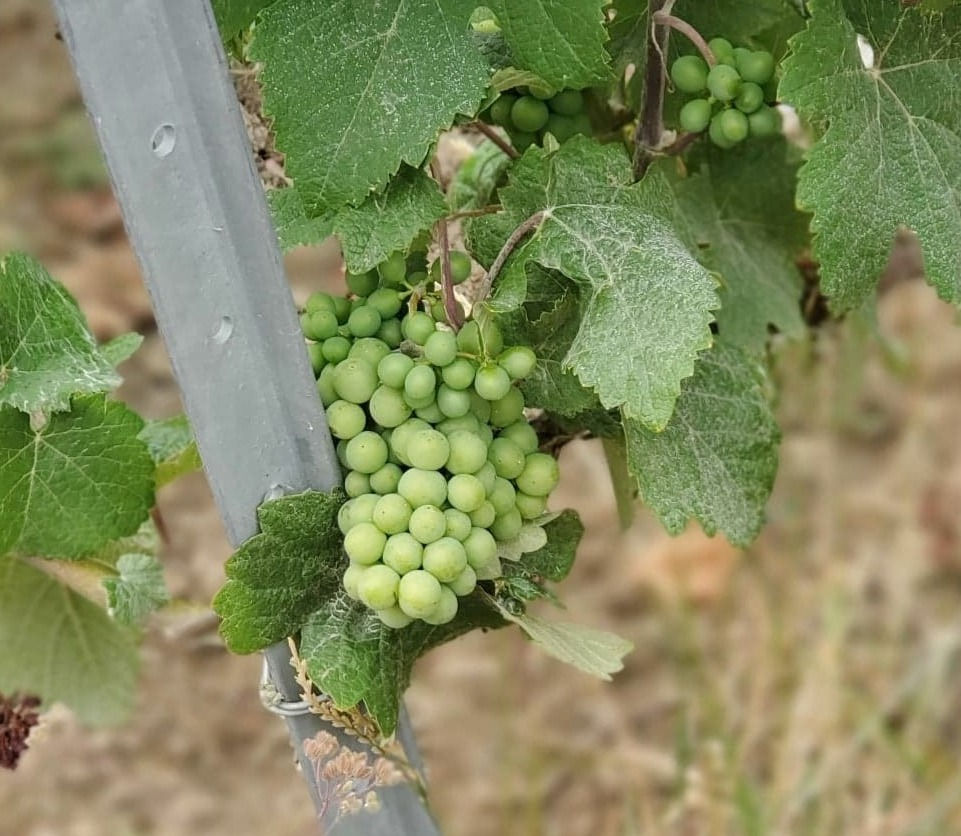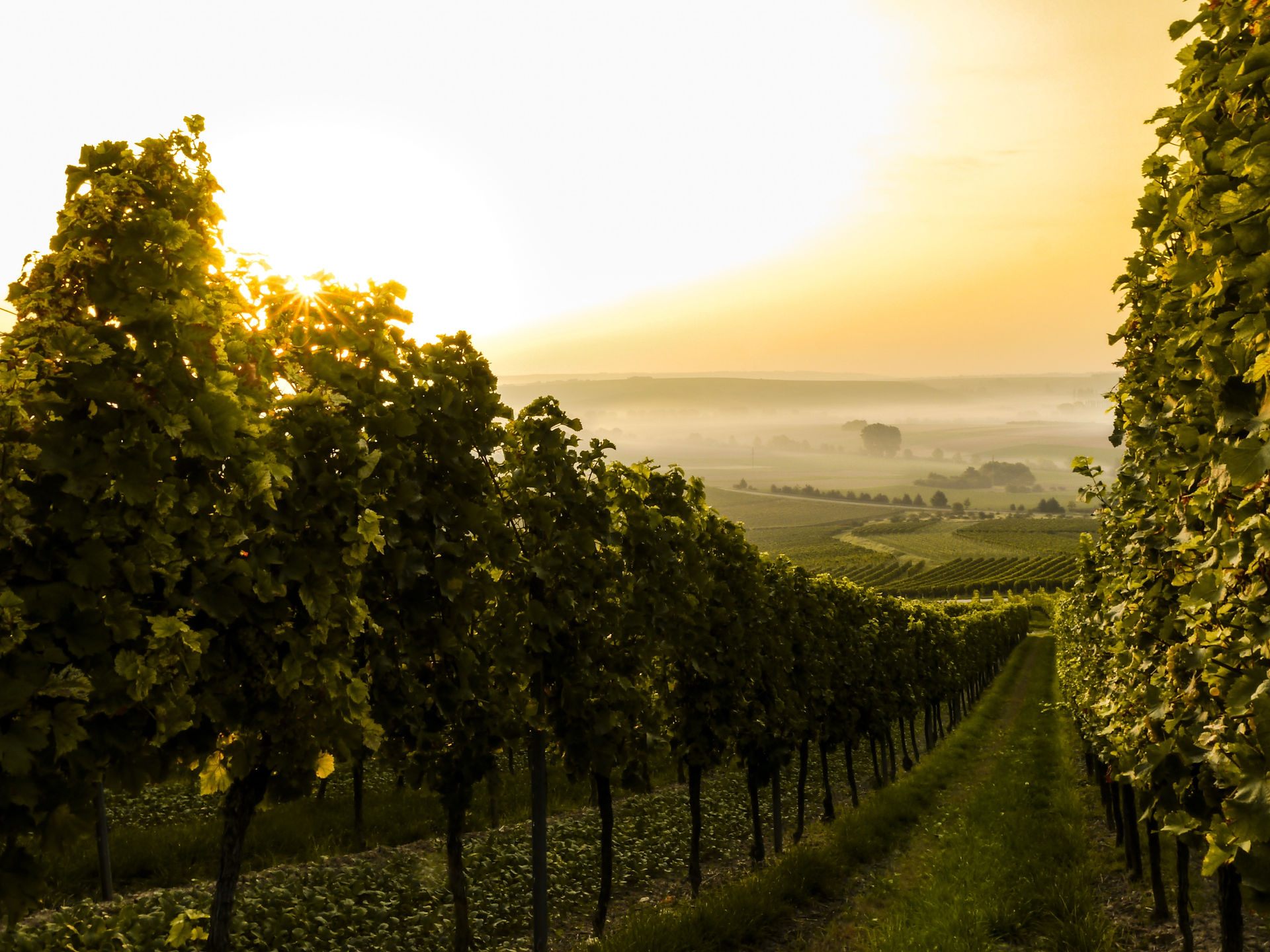Discover Champagne (Pt.2): Winemaking and Styles
- Deanna Lowe

- Oct 25, 2022
- 5 min read
Updated: Dec 5, 2022
cHow is Champagne made? What is the traditional method? What's the difference between a brut and demi-sec? Get answers to all these questions here.

Continuing with my spiel on Champagne, I'll talk about the winemaking process, and different styles and classifications of Champagne. Having this knowledge will help you gain a better understanding of what’s on wine labels and make better decisions on what you buy. After all, Champagne ain’t cheap, so understanding what you’re buying will make it more worth the money.
Winemaking
Champagne has very particular grapes and processes used to make it. It's widely known for being made in the traditional method. This method includes 2 fermentations and the riddling process, which I will explain below. Although other sparkling wines can't be called Champagne because of the regulations set by the Champagne AOC, they can still state that they have used the traditional method to make their wine on the label. Cava is the most well-known non-Champagne sparkling wine that uses the traditional method.
Grapes and Harvest

Champagne is primarily made from 3 grape varieties: Pinot Noir, Pinot Meunier, and Chardonnay. Other grape varieties that can be used are Pinot Gris, Pinot Blanc, Petit Meslier, and Arbane. Machine harvesting is banned in the Champagne region, so the grapes are all hand-picked. These grapes are harvested during September and October when the grapes are ripe. If the summer is hotter, the harvest can start earlier.
Pressing
After the grapes are destemmed, they are gently pressed to ensure that no colour from the red grapes is extracted into the white wine base. In fact, champagne grapes are pressed 3 times. The juice from the 1st press is used for cuvée Champagnes because it’s the best juice. The juice from the 2nd press is typically used for non-vintage champagnes and sold to Champagne houses. The 3rd press juice is not used to make Champagne since the juice is more or less leftovers and not great quality. Instead, it's sold to companies that extract nutrients such as antioxidants from the juice to make things like cosmetics and skincare.
Fermentation and Aging

After pressing, the wine is fermented twice. The first fermentation is performed in stainless steel tanks when yeast is added to the wine to turn sugars into alcohol and CO2. The wine is then blended with other wines from other vineyards, varieties and vintages to create a wine with specific characteristics. After, clarification takes place to remove particles and make the wine juice clear.
Then the second fermentation starts with liqueur de triage, a liquid mixture of sugar and yeast is added to the wine in a bottle and sealed with a crown cap. This is when the wine "sits in the lees" or “aged on the lees” (lees means dead yeast cells) producing buttery, toasty notes. Then the cellar masters stalk the Champagne bottles in chalk cellars. Non-vintage champagnes (Champagnes made from multiple harvest years) need to age for at least 15 months, whereas vintage Champagnes (Champagnes made from a single harvest year) need to age for at least 3 years.
After this, wine bottles are riddled (a process invented by Madame Cliquot) where the bottle sits on a downward angle on a wooden board with holes. The bottles are rotated slowly and numerous times regularly by hand or machine so the sediment falls to the neck of the bottle.

Final Steps
After this process is done, the neck of the bottle is put in a freezing solution so the sediment becomes frozen and can easily be pressured out when the bottle opens. This procedure is called disgorging. Lastly, the liqueur d’expedition, a sugar mixture, is added to the wine. The amount of sugar in the mixture determines the sweetness level of the Champagne, which I'll discuss in the next section. A cork, cap, and muselet are added to the bottle and the bottle then sits in the cellar, ready for consumption.
Champagne Styles

Champagne comes in many different styles. You can categorize these styles in 2 ways, by sweetness level and by grapes or vintage. Here's a breakdown for you of what terms you’ll find on Champagne bottles and what they mean, so you’ll know what to look for on your next wine trip.
Styles by Sweetness
Sweetness levels of Champagne range from extra dry to extra sweet. As mentioned in my blog on Champagne history, brut-style Champagne was invented by Madame Pommery and is the most popular style. The amount of sugar in the liqueur d’expedition that’s added to the wine is what determines the sweetness level. Here’s a list of the range of sweetness levels.
· Nature Brut – extra dry (less than 3g/L of sugar)
· Extra Brut – very dry (less than 6g/L of sugar)
· Brut – dry, most common (less than 12 g/L of sugar)
· Extra Sec – hint of sweetness (12-17 g/L of sugar)
· Sec – noticeably sweet (17-32 g/L of sugar)
· Demi-sec – sweet as a dessert (32-50 g/L of sugar)
· Doux – intense sweetness (50 or more g/L of sugar)

Styles By Grapes and Vintages
The grape varietals used for Champagnes and vintage (year of harvest) can be classified as a style of Champagne. Sometimes, you’ll even find multiple styles listed on one Champagne. Here are some of the styles you'll find and what they mean.
Blanc de Blancs – means white wine from white grapes. These Champagnes are only made from Chardonnay, sometimes Pinot Blanc is blended in. Contains lemon and green apple notes.
Blanc de Noirs – means white wine from black grapes. This Champagne can be made from Pinot Noir, Pinot Meunier or both. Contains strawberry and white raspberry notes.
Rosé Champagne – Champagne made in rosé style, purely from black grapes or a blend of black and white grape varieties. The pink colour comes from the light contact of the dark grape skins with juice. Contains strawberry and raspberry notes.
Vintage – Champagne made from a single good harvest year. Needs to spend 3 years sitting in lees. Typically, Champagnes don’t state the term “vintage” on the label, rather they include a year.
Non-Vintage – the most common style of Champagne. A blend of multiple vintages. Sits in less for at least 15 months. This term won't be stated on the label, rather the label will not include a vintage year.
Champagne Classifications
The last thing to look out for on Champagne labels is their classification. This is only something to look out for if you're buying higher-end Champagnes. Your average Champagne won't have these classifications listed below. These classifications will let you know not only the quality of grapes juice used to make the wine, but also what vineyards the grapes come from and how scarce the supply is.
Prestige Cuvée – producer’s best wine, typically first press juice.
Grand Cru - made from the highest quality fruit. Only 17 vineyards in the Champagne region are classified as Grand Cru vineyards.
Premier Cru – a tier below Grand Cru. Only 43 vineyards in the Champagne region are classified as Premier Cru vineyards.
Autre Cru – a tier below Premier Cru. 264 vineyards in the Champagne region are classified as Autre Cru vineyards.




Comentários